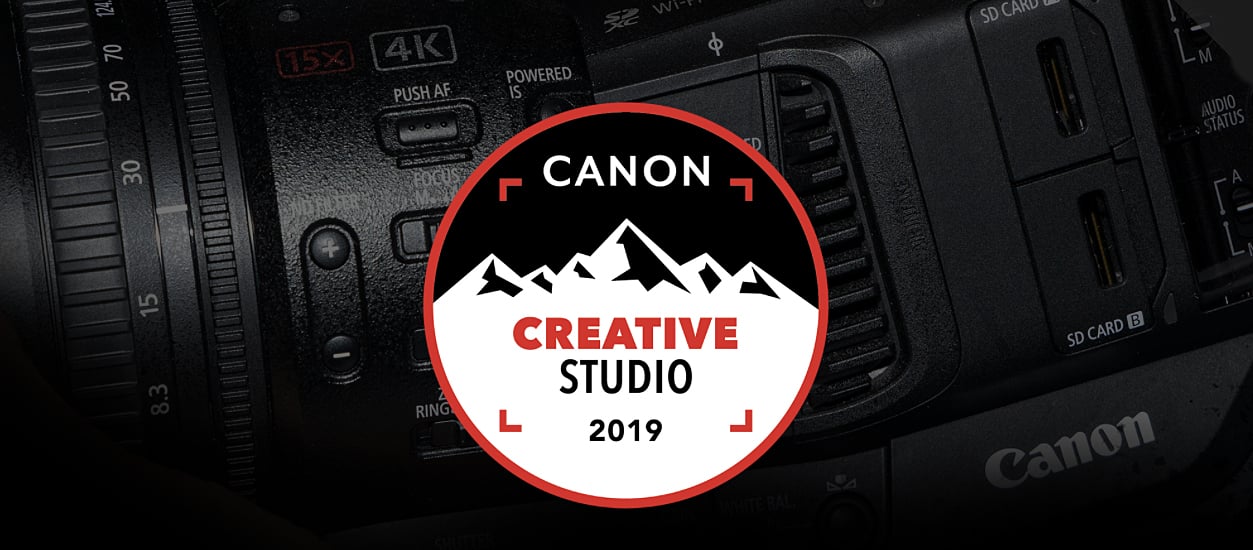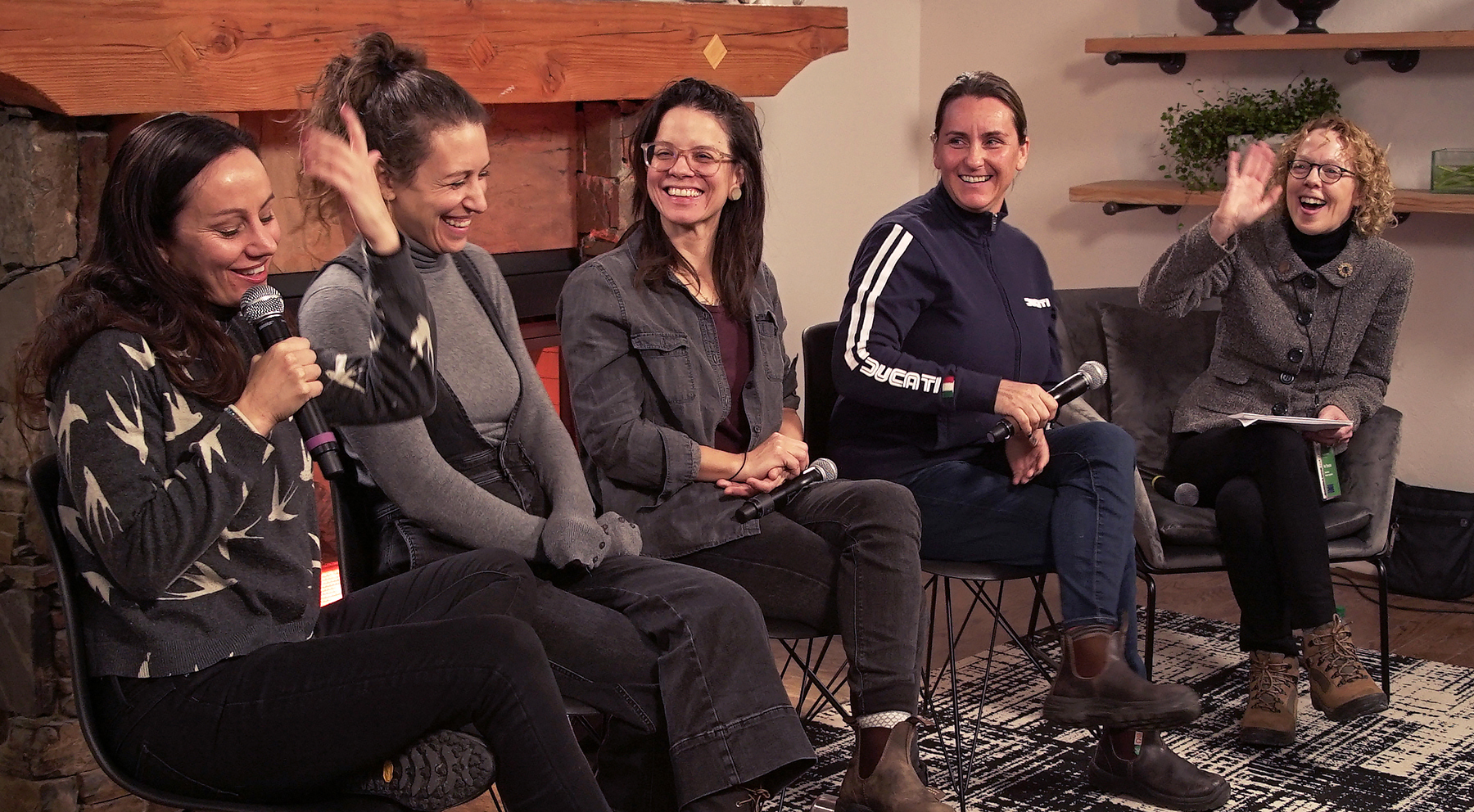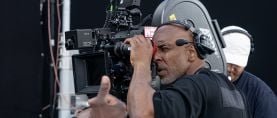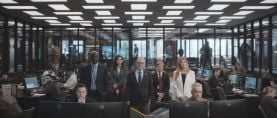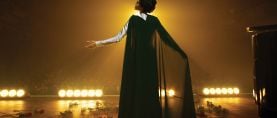
DP First: Women Who Shoot
Discussing real-world issues with a quartet of female cinematographers working in documentary, narrative and commercials.
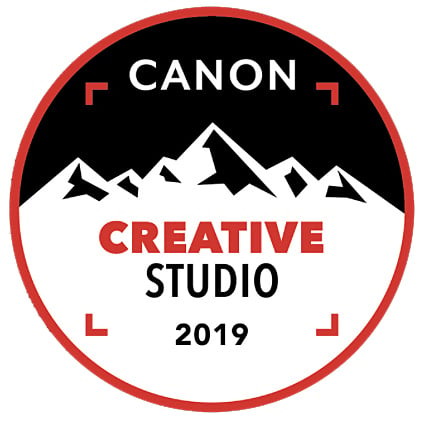
Event photos by Anna Gudbrandsdottir
For the second year running, Canon and American Cinematographer teamed up at the Sundance Film Festival to present “DP First: Women Who Shoot,” an hour-long panel discussion held as part of the joint series of talks held at the Canon Creative Studio on Main Street in Park City. The topic: “What does it mean to be a woman in production? Top cinematographers weigh in on their personal journey and the mission for representation in the film industry."
On the panel were four cinematographers who work in documentary, narrative, and commercials. Each had stories to tell and tips to share with the packed house, filled with women already working in camera, grip, and electric, as a show of hands revealed.
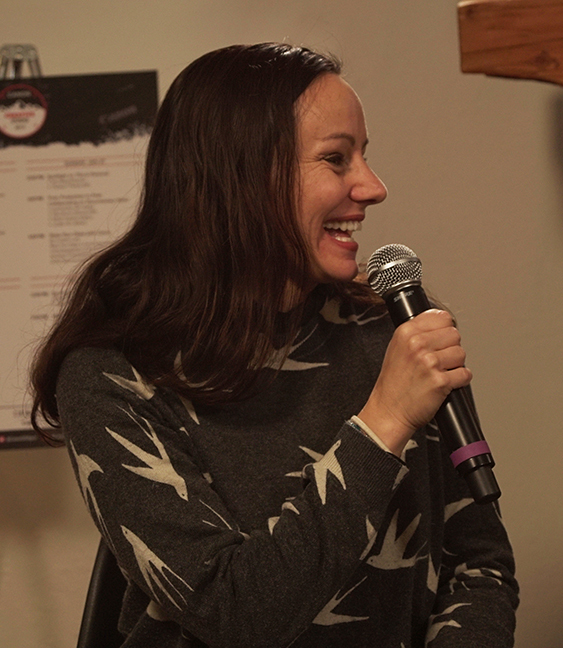
PANELISTS
Natasha Braier, ASC, ADF
Sundance Project: Honey Boy,a dramatic feature written by actor Shia LaBeouf when in rehab, about his childhood with an abusive father. LaBeouf plays the father, while Alma Har'el directs.
Eve M. Cohen
Sundance Project: Ashe ’68, a 360-degree immersive short directed by Brad Lichtenstein about tennis pro and civil rights activist Arthur Ashe. Combining live action, sand art animation, and archival footage, the 7-minute VR piece focuses on the 1968 match point with which Ashe became the first African American to win the U.S. Open.
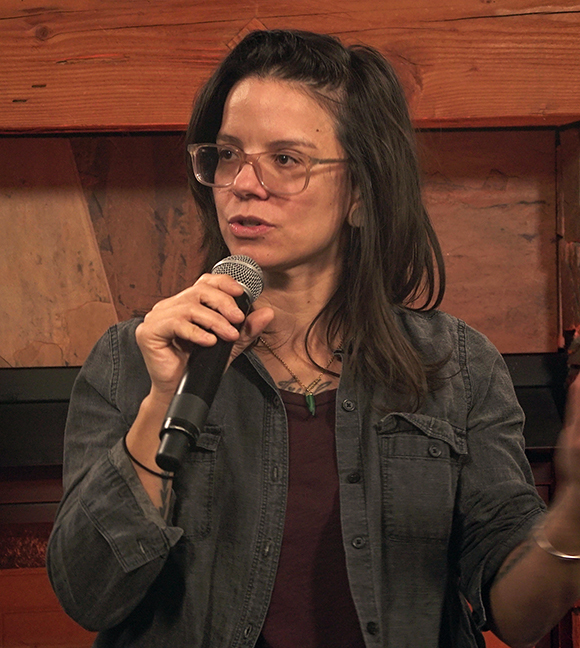
Naiti Gámez
Sundance Project: Hail Satan?, a feature-length documentary by Penny Lane about the Satanic Temple and its fight for religious plurality amidst Christian supremacy in the U.S.
Kristy Tully
Sundance Project: Raise Hell: The Life & Times of Molly Ivins, about the syndicated political columnist who spoke truth to power with razor-sharp wit. Directed by Janice Engle.

PATHWAYS TO CINEMATOGRAPHY
Discussion began with each cinematographer describing how she arrived at her métier. After listening for a spell, Kristy Tully stated, “That’s what I love about this business: There’s no one way to do it. Every way is a great way.”
Nonetheless, several common threads emerged. First, perhaps coincidentally, was a background in still photography. “It’s a darkroom extravaganza!” Naiti Gámez exclaimed upon hearing that Natasha Braier and Eve Cohen had both begun this way during their teen years. “I still have t-shirts from high school that have my nasty, dirty developer stains, because I made my darkroom inside my bedroom, much to my mother’s dismay,” she said. Tully, instead, went straight to filmmaking, having attended an arts high school where students were able to make shorts and documentaries. All went to film school.
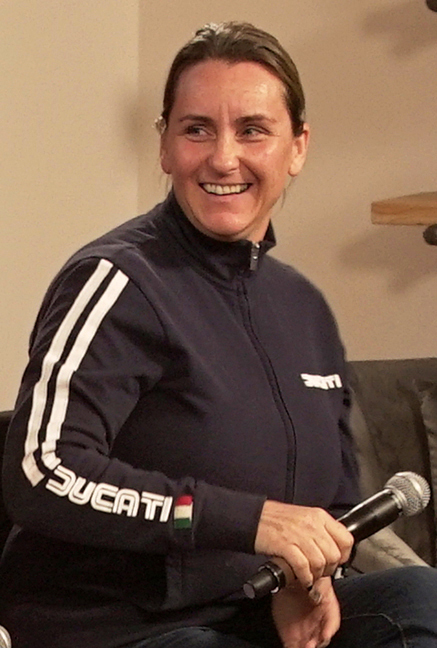
A second common denominator was that all entered the field without having to stare down the daunting figures on the relative number of female cinematographers. “We were all blessed by the ignorance of knowing it was two percent,” Braier said. Such statistics weren’t as easily found online, plus “that conversation wasn’t happening at the time.” Braier admitted it might be scarier now knowing the numbers, but said you just have to try: “The planet is exploding in a few decades anyway, so just have fun. Enjoy the Titanic when it’s sinking, and do what you love!”
The importance of allying with like-minded cohorts was stressed by all. “Once you find your community, it’s really hard to work with people you don’t like,” said Gámez. She recalled an interview with a DP who said he wouldn’t work with anyone he doesn’t like. At the time, she laughed in response; it was so contrary to other advice she’d been getting — that “no matter how much a jerk so-and-so is, if their work is good, it’s good to get hired,” she repeated. But years later, she holds tight to that philosophy. “Fast-forward, you’re [spending hours] on planes, you’re working 12 to 15 hour days, life is short. You don’t want to squander those hours doing terrible work and working with terrible people.”
FIXING THE GENDER IMBALANCE
Asked how women might be encouraged to enter cinematography and its attendant technical fields, the panelists offered a variety of strategies, beginning with visibility. “My easy answer is having workshops and panels like this, where women who are interested in doing [these jobs] can see that it’s possible,” Cohen said.
When Braier started out, “I didn’t know my heroes’ faces so much,” she said, gesturing to Nancy Schreiber, ASC in the audience. “You just knew their names.” Social media has made the difference. Tully makes a point of giving visibility to her female crew: “I take pictures of women on set and post them on social media.” When she began working as director of photography on commercials, people often assumed her male operator was the one in charge, so she started operating as well. “People needed to see me holding the camera, they needed to see me doingit,” she says. “They couldn’t picture it.”
Paying it forward was another big theme. Tully recounted how she came to work with writer/director Jill Soloway on the Amazon series I Love Dick.Interviewing for an operating position, she admitted to director of photography Jim Frohna that she’d “just” shot documentaries (though thousands of hours’ worth), so she was able to do intimate verité camerawork and follow characters, but she didn’t know how to run a camera department. “I’d clocked the hours for sure, but I didn’t have a way in,” she said. “But Soloway wanted to cultivate women, so Jim took a chance on someone who’d never been in TV before.” Now Tully too looks to cultivate female crew and give them a shot at moving up. “I’ve taken it forward,” she said. “That’s where we are today. It’s just so important to keep an eye out.”
There’s no shortage of aspiring women. Gámez receives at least three to four emails a month with references to up-and-comers who want to become DPs. Cohen routinely encourages women to make their aspirations known to higher-ups. She also offered this: “We’re in a really good time to have an open conversation about things you might need help learning. There’s a lot more opportunity now to go into workshops or rental houses that are open to helping.” She tells women not to be afraid to take the first step, and to find someone who does the job they want and ply them with questions.
A WEB OF SUPPORT
AC contributing writer and moderator Pat Thomson brought up a New York Times opinion piece by Jill Filipovic about the record 117 U.S. congressional seats won by women in the 2018 midterms. Filipovic suggested that these women were rewriting the script about pathways to power. Instead of a meritocracy — meaning anyone can achieve power and success if they’re good enough and work hard enough — those female candidates expressly put forth a different template by crediting those who came before. Theirs was a story not of bootstraps, but a web of support.
Asked to describe their own web of support, Braier replied, “People like Nancy [Schreiber], Ellen [Kuras], Agnes Godard — the trailblazers. That’s the one side. The other side is your crew.” Whatever the gender mix, “It’s like a family. You surround yourself with the right people, and they help you grow.”
Over the years, Tully has bonded with a group of female filmmakers, “a real sisterhood,” she said. “I can call someone and say [stage whisper], ‘How do I do this? I’m a little freaked out.’ We help each other.”
Asked how they find female crew members when working in far-flung cities, Cohen replied that she first reaches out to locals she happens to know for personal referrals. Then she taps into social media, such as Facebook’s film groups. When recently needing an audio mixer in Richmond, VA, she got a prompt reply from three women in Washington DC willing to make the drive. Tully echoed the strategy: “There’s a growing number of outlets, like Facebook groups or women’s cinematography groups.” Those mentioned were the International Collective of Female Cinematographers (ICFC), Cinematographers XX (CXX), Women in Media, Film Powered, and Brown Girls Doc Mafia.
During the remainder of the Q&A, panelists touched on ways to advance your craft as a documentary shooter; on the psychology of the set, especially when a director is resistant to female authority (the phrase “mommy issues” was heard more than once); and on juggling passion projects with money-making gigs. The panel concluded with each cinematographer revealing her favorite part of the Sundance project she’d shot.
You can watch this complete discussion here:

